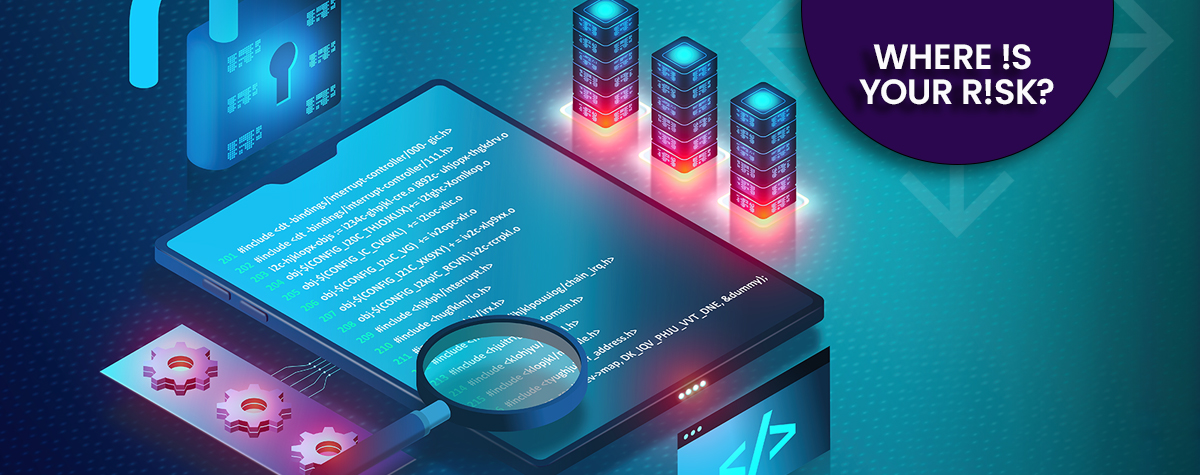
Where is Your Risk? Software License Compliance and Other Non-Vulnerability Risk

In this final post of a series on software-related risks, we take a look software license compliance and other non-vulnerability risk.
Not all software risk has to do with vulnerabilities and the security threats that can come from them. Organizations need to be aware of their licensing requirements and status on various software dependencies, including open source software, because they could be out of compliance if the software license has expired.
To be in compliance with software licensing, organizations need to make sure that they are only using software they are authorized to use. This requires tracking software applications deployed and their usage, keeping thorough records, and knowing the terms of software licenses.
The Implications for Failing to Adhere to Software License Compliance
Failure to comply with software licensing agreements can result in steep fines for unlicensed software, so there is a strong financial incentive for organizations to be in compliance.
It is relatively easy for a business to obtain unlicensed software, according to UpCounsel, a legal platform that operates a large network of independent lawyers. Many workers unknowingly use unlicensed software and some do not even know that it’s illegal to use and copy software that the company has not licensed, the company says.
Violating license agreements can result in liability for the organization, its officers and its directors, UpCounsel says. Using unlicensed software not only places the organization using it at financial risk, but the copyright owners might choose to seek personal liability against company officers and directors when it becomes clear they knew about, or encouraged using unlicensed software, it says.
One of the most effective solutions for ensuring software compliance is the software bill of materials (SBOM). As noted by consulting firm McKinsey & Co., SBOM programs help organizations manage their third-party software and open source software licenses, “which can be quite complex and change over time.”
Managing licenses ensures that developers are consistently able to determine the permissible use cases for open source code and third-party software, the firm says, protecting organizations from financial risk stemming from inappropriate or unauthorized use of third-party software.
Most organizations have applications consisting of different subcomponents and pieces, some taken from open source software libraries, others purchased from third parties and some created and customized by developers, the firm says. Open source and third-party software have licenses that change over time or might have usage limitations, it says, and a typical SBOM tool survey, identifies and characterizes these coding elements.
Another tool for tracking software licensing is software composition analysis (SCA), a technology that identifies the open source software used in a code base. Scanners report on licenses for each third-party component used in software to help organizations manage their licensing policies.
SCA products automate the process of tracking and analyzing open source software components and their dependencies, and can be used to ensure license compliance.
Whether it’s vulnerabilities or licensing non-compliance issues, software presents significant risks for organizations. By using the right tools, they can effectively mitigate the risks.

